Sherman v Abrams
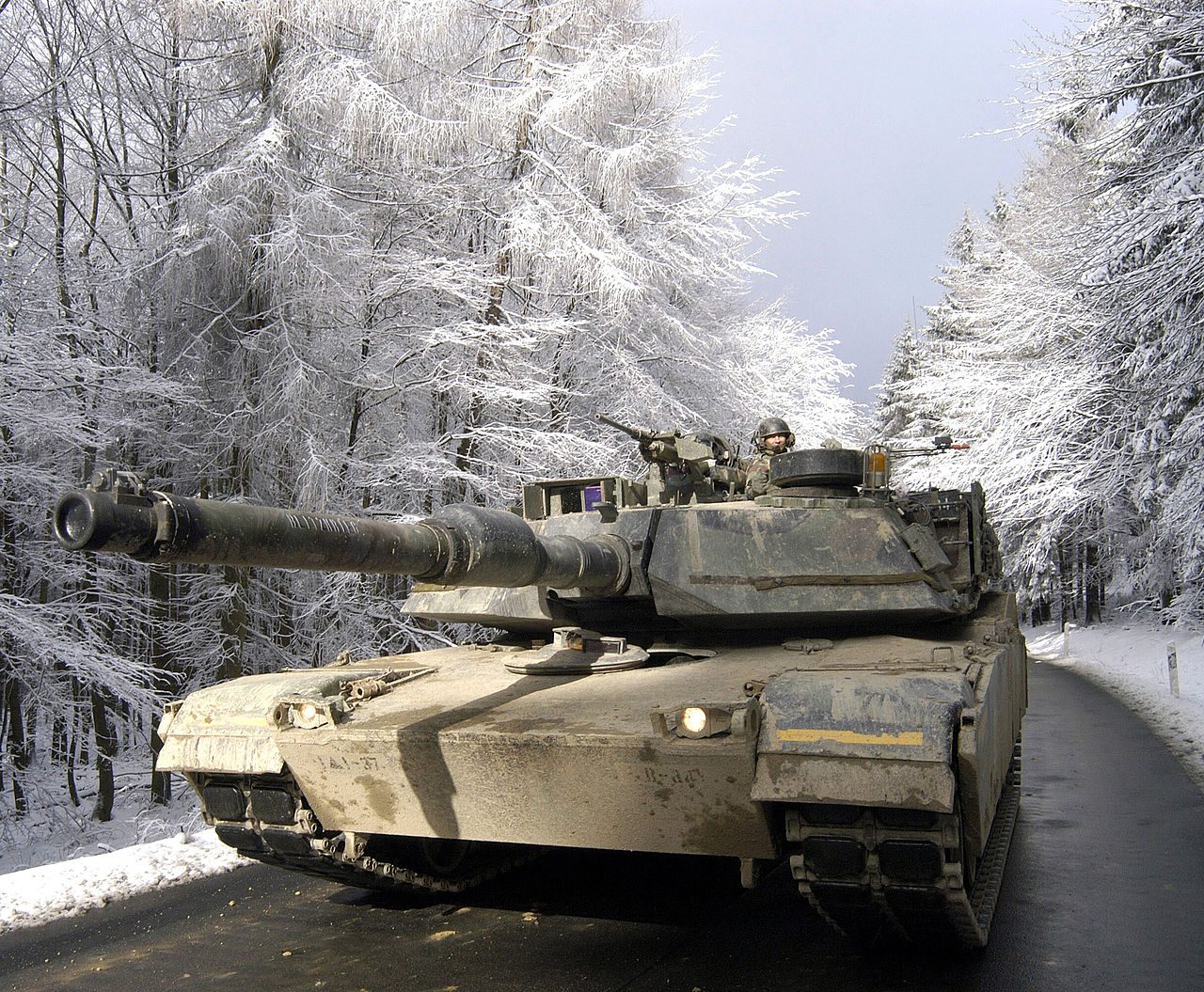
Since before World war two, the United States has always maintained a significant investment in armoured vehicles, even as many countries and armies began to rely more on other systems to replace traditional armoured warfare.
The US developed the Medium Tank M4 (later named Sherman by the British) from the earlier M3 Lee. They retained the suspension system, albeit improved, and the 75 mm M3 gun mounted in a fully traversable turret on a cast hull, instead of riveted armour plates.
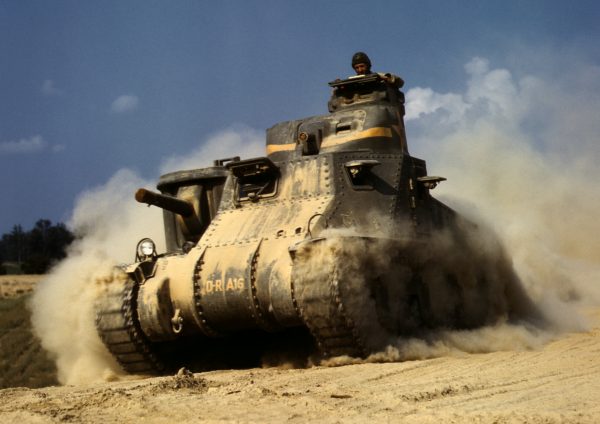
During the design process, a huge focus was placed on crew safety, ease of production, easy maintenance in the field, and commonality of parts. Mass production began in February of 1942.
The US produced almost 50,000 M4 series tanks during the war, only beaten in numbers by the Soviet T-34.
Long after the days of Shermans fighting Tigers, the 1960s saw the US and West Germany combine forces to develop a tank capable of replacing the German Leopard 1 and the American M60 while countering the new Soviet T-64 tank.
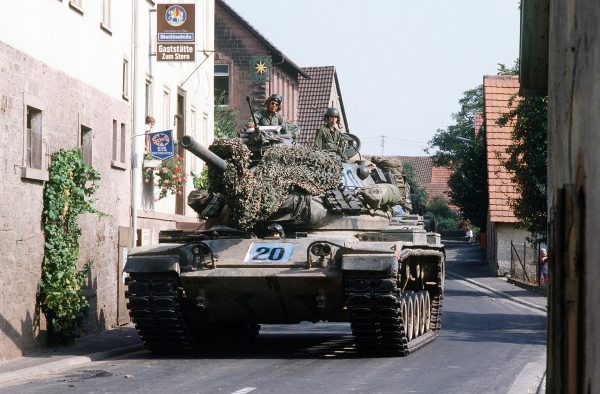
Named MBT-70, the project’s budget quickly ballooned, reaching over $300 million from an estimated cost of $70 million, and it was cancelled in 1970. The Germans would apply what they learnt from MBT-70 in the design of the now world leading Leopard 2.
Still in need of a new tank, the US military laid out the requirements to industry manufactures, offering a contract to the best design.
GM and Chrysler both proposed a design. The two vehicles came equipped with the M68E1, a license-built version of the 105 mm Royal Ordnance L7. Eventually, Chrysler was given the $20 billion contract to produce the XM1 Abrams, and production started in 1979.
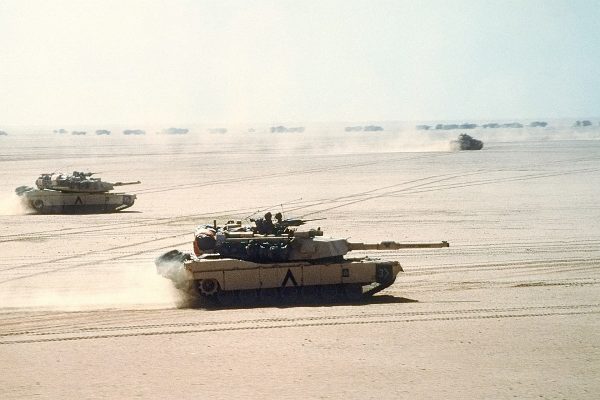
So, with almost 40 years between their respective design phases, how does the M4 Sherman compare with America’s best today?
Armour
During its production run the Sherman featured many turrets, each with small differences. The main two turrets are the 75 mm gun turret, and the later T23 turret. Early turret fronts had 76 mm of armour at an angle of 30 degrees, while the sides and rear had 50 mm angled almost vertically.
The later T23 turret increased side and rear armour to 63 mm, while the front was covered by a 90 mm thick gun mantlet.
There were two main types of upper glacis plates on welded hull Shermans, with the thickest being 63 mm sloped at 47 degrees giving an effective thickness of 93 mm. The Sherman’s sides and rear were 38 mm thick.
On the Abrams it’s a rather different story. Originally the Abrams used Burlington armour. Burlington is a still-classified composite armour containing metal, ceramic blocks and air gaps sandwiched between steel plates on either side. Throughout the Abrams’ lifetime, it’s armour has been upgraded with layers of depleted uranium and other classified materials.
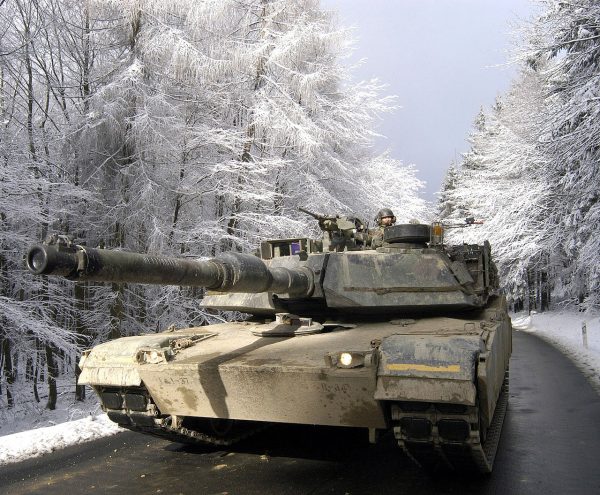
It’s hard to accurately compare composite armour with conventional steel armour used on vehicles like the Sherman, but against HEAT rounds, estimates put the front of an Abrams turret as equivalent to over 1,250 mm of steel armour. This is fourteen times thicker than the 1940s Sherman tank.
Added to this, ammunition is stored in a separate armoured compartment, with a blow off hatch on the turret roof, so should the ammo detonate, the explosion’s path of least resistance is through the roof.
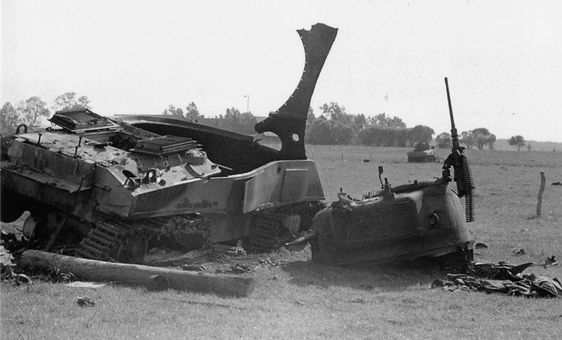
This is in stark contrast to the Sherman, where tank ammunition was stored in bins around the fighting compartment, causing frequent detonation of the ammo when penetrated by an enemy round. Late models remedied this with wet ammo storage, reducing the rate at which Shermans burned by 50%.
Mobility
Due to the amount of Shermans being built, engines were often in short supply, so a multitude of engines were used in Sherman production.
The best Sherman engine was the M4A3’s Ford GAA, a huge 18 L V8 that made between 450-500 hp and 1,050 lb-ft of torque as standard.
The Abrams uses the Honeywell AGT1500, an unconventional multifuel gas-turbine engine. This engine produced 1,500 hp, and a monstrous 3950 lb-ft of torque.
Vehicle performance depended on the variant, but on average Shermans weighed around 30 tons, and had a top speed of 22-30 mph.
M1A2s weigh almost 70 tonnes, and can reach governed speeds of 42 mph on road and 25 mph off-road. With the governor removed, the tank can reach almost 60 mph, although this isn’t permitted due to mechanical wear, and injury to the crew on rough terrain.
Firepower
What hasn’t changed is how a tank delivers a round to a target. The later war Shermans used the 76 mm M1A1 rifled gun, while the Abrams uses the M256 120 mm smoothbore gun licensed by Rheinmetall.
The M1A1 gun could fire the M62A1 armour piercing capped round at 2,700 feet per second (790 m/s) and penetrate 110 mm of armour at 500 m, or 90 mm at 1000 m.
The Abrams 120 mm gun can fire the M829A2 armour piercing fin stabilized discarding sabot (APFSDS) round at 5,500 feet per second (1,670 m/s) and penetrate an incredible 750 mm of steel armour at 4000 m.
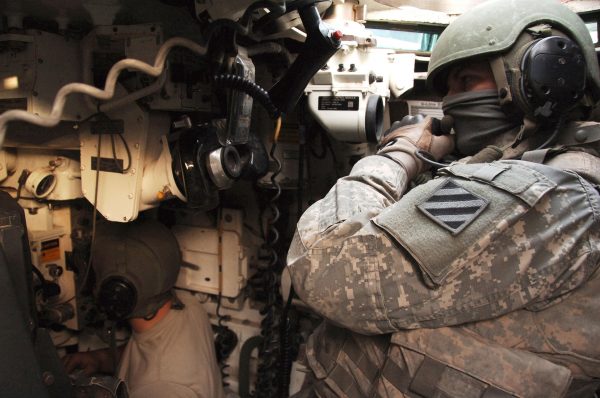
Where technology has changed however, is with modern fire-control systems. A Sherman needed the commander to locate an enemy, call out it’s position to the gunner, and then the gunner would find the target in his gun sight, adjust the elevation and range he deemed necessary using only skill and the distance indicators on his gun sight.
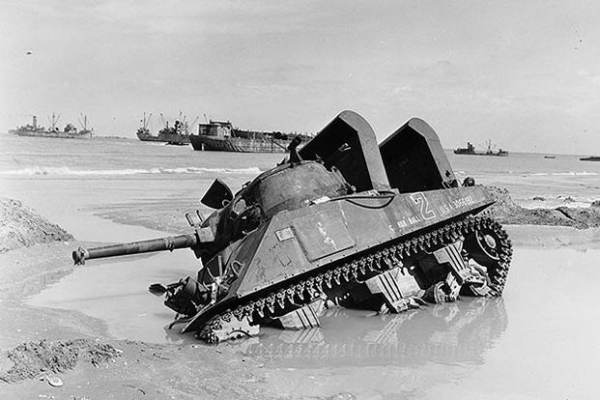
If it was at night, or your sight was obscured by dust and smoke, you simply couldn’t see your target.
In the Abrams, modern computerised fire-control systems enable massively more precise shots onto the target. Thermal sights enable the gunner to see the target at any time of the day, even in dusty or smokey conditions.
The tank’s ballistics computer uses information from sensors to measure: ammunition temperature, air temperature, barometric pressure, barrel drop at the muzzle due to gravitational pull or barrel heating due to firing or sunlight, target range, and target speed.
All of this happens 30 times a second. The computer then provides the gunner with the compensation needed for the specific round loaded, to hit the target in those measured conditions.
Another Article from us: 9 Reasons Why Some Think the T-34 was a Poor Tank
So, as shown, technology has come a long way since the days of World War Two. While the humble Sherman may now only be facing the flashes of cameras in museums, instead of enemy guns, lessons learnt from the US’ experience with the Sherman during the war can still be seen in practise on the Abrams, over 70 years later.
